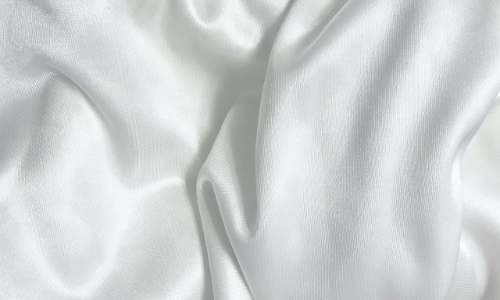Fabric Types
Animal-Based
Natural Animal Fibers
Animal-based fabrics or animal fibers are natural fabrics derived from animals. The most common examples of animal-based fabrics include Silk, Wool, and Cashmere.
Animals are specifically raised for their fibers on fiber/wool farms. The fibers are extracted from the animal fur, hair, skin, or secretions (like the silkworm). The types, length, and chemical structure of animal fibers differ based on the animal they are taken from, as well as, the way they are obtained. Not all fibers have the same properties but they do all consist of certain proteins. If you look through a microscope, synthetic fibers all look the same but this is not the case with natural and animal-based fabrics.
Before being sold, the fibers are segregated and cleaned based on their thickness and length. The fibers that are sold are then knitted, felted, or woven to create fabric.
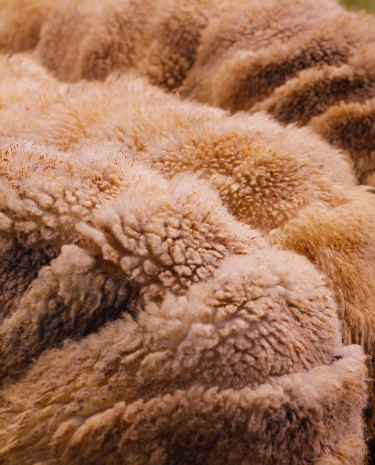
Types of Animal-Based Fabrics
Animal-based fabrics are created by both hand spinners and in manufacturing factories. Sheep, Llamas, Alpaca, Goats, Karakul Lambs, Angora Rabbits provide fibers that are of a soft texture. Other animals like Horses give less soft fibers. Most animal fabrics are used to create warm clothing like shawls, jackets, wraps, and coats. The slightly rougher variants are also used for carpets and blankets.
Wool: The hair of various animals is the source of different types of wool that are produced. But primarily wool production is associated with sheep. Wool is produced by harvesting animal hair and spinning it into yarns. The bulkiness of the fabric naturally traps air and thus it is used in the making of sweaters, gloves, hats, formal suits, and more. Wool is shrink-proof, soft, warm, elastic, and fire-resistant.
There are different types of wool on the basis of their origination, namely:
- Alpaca Fiber: It is sourced from alpacas and it is much warmer and lighter than sheep’s wool.
- Angora Wool: This fiber is made from the fur of Angora rabbits. It is felt very easily.
- Bison Fiber: It is obtained from the undercoat of the American Bison. This coat protects the animal during long harsh winters.
- Cashmere Wool: Its source is Cashmere goats. This fiber is believed to be highly adaptable to its fabrication into the thick or fine, light or heavy-weighted fabric.
- Mohair: This silk-like yarn or fabric is made from the hair of Angora goats. It is a resilient and durable fiber.
- Qiviut: It is basically the underwool of the muskox. It is way warmer than sheep’s wool.
Silk: Certain fibers of this natural protein are used in the textile industry. Silk is mainly composed of fibroin that is produced by the larvae of some insects to form their cocoons. The characteristics of silk include soft, lightweight, good insulator, smooth, easy to dye, high resistance to deformation, strong, shiny and shimmer. It is used in the making of shirts, blouses, dresses, ties, lingerie, robes, pajamas, suits, rugs, beddings, wall hangings, and many more. Silk is also used in the making of other fabrics like chiffon, tussah, noil, etc.
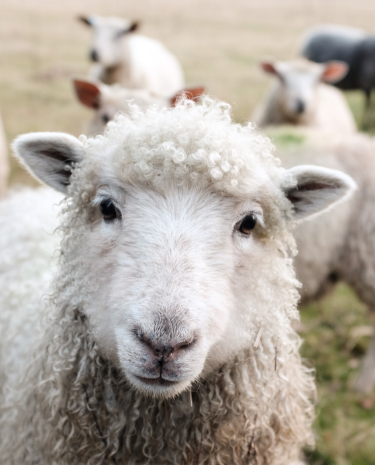
Checkout common Animal-Based fabrics
- Leather
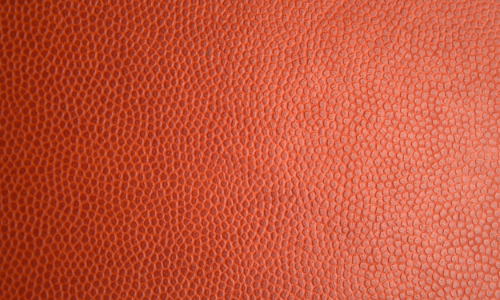
- Wool
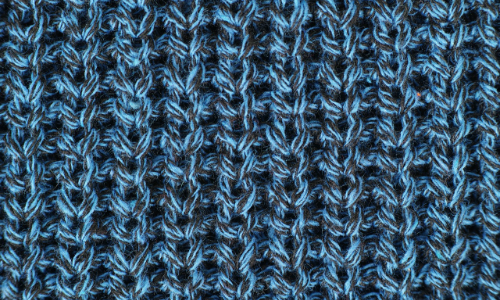
- Silk Mulberry / Pure
